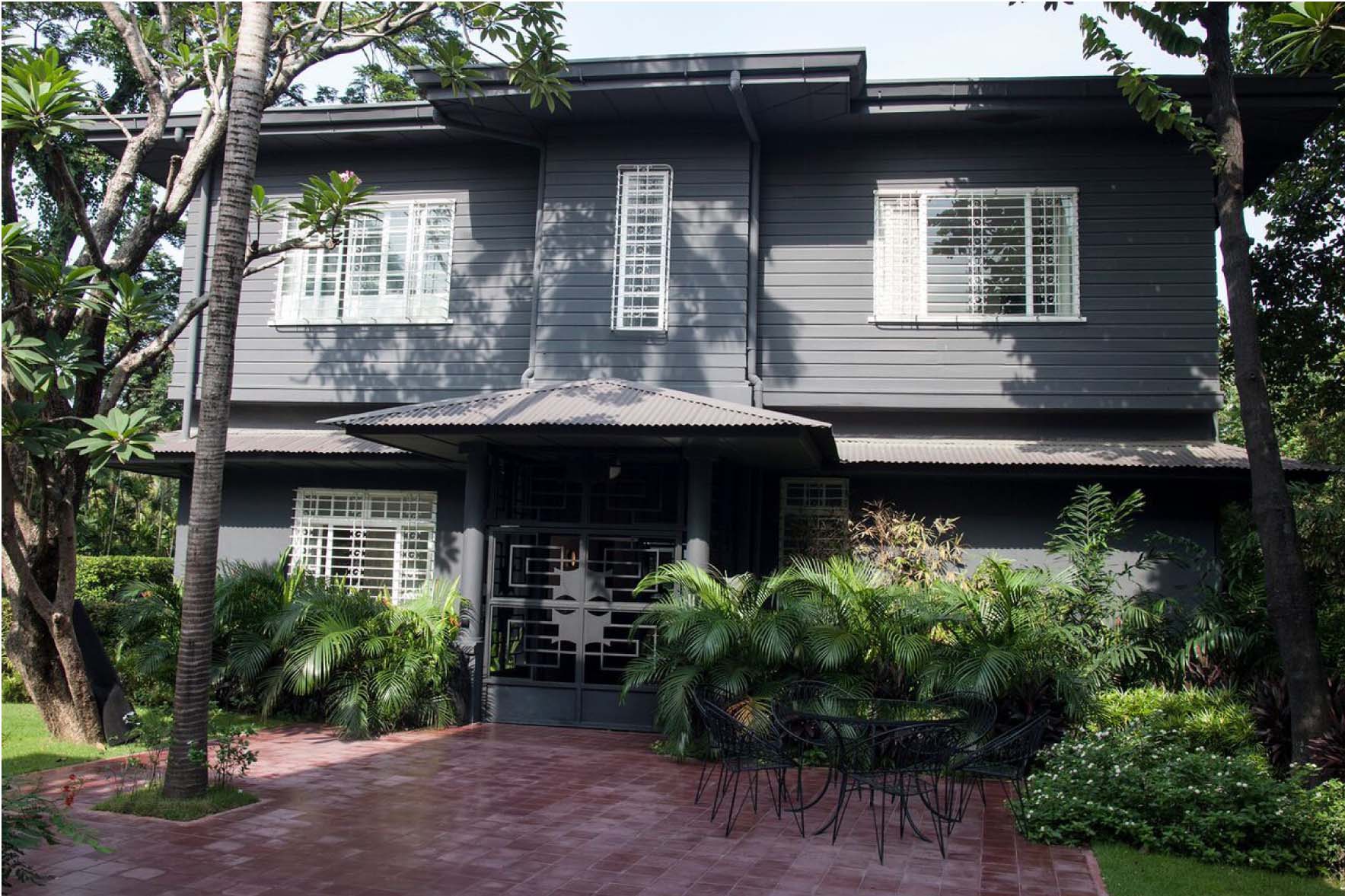Saving an old house or a building is not easy. Nevertheless, it is a worthwhile endeavor as many of them are reminders of our country’s history and culture. Many are in dire need of repairs or face demolition if this is not done. The sad reality is that the individuals or families who own these buildings do not have the money or the resources to rehabilitate them.
One possible solution: adaptive reuse. That is, convert these structures from their original home design into hotels or offices. One such recent success story is The Henry hotel in Pasay City. The story begins in a residential compound that was built in 1948 by a Chinese-Filipino businessman as a family home. But after the patriarch died, the family members left the home as well and moved elsewhere.
In 2000, the compound became a magnet for artists such as furniture designer Eric Paras, fashion designer Jojie Loren and art gallery owner Albert Avellana. They set up offices and showrooms within the compound.
It was then that one of the clan’s descendants, Fred Chung, saw the potential of his family’s old home. He approached businessman Hanky Lee to float the idea of adaptive reuse. Lee had already made a name for himself with his first The Henry in Cebu. Breaking into Metro Manila was his next venture.
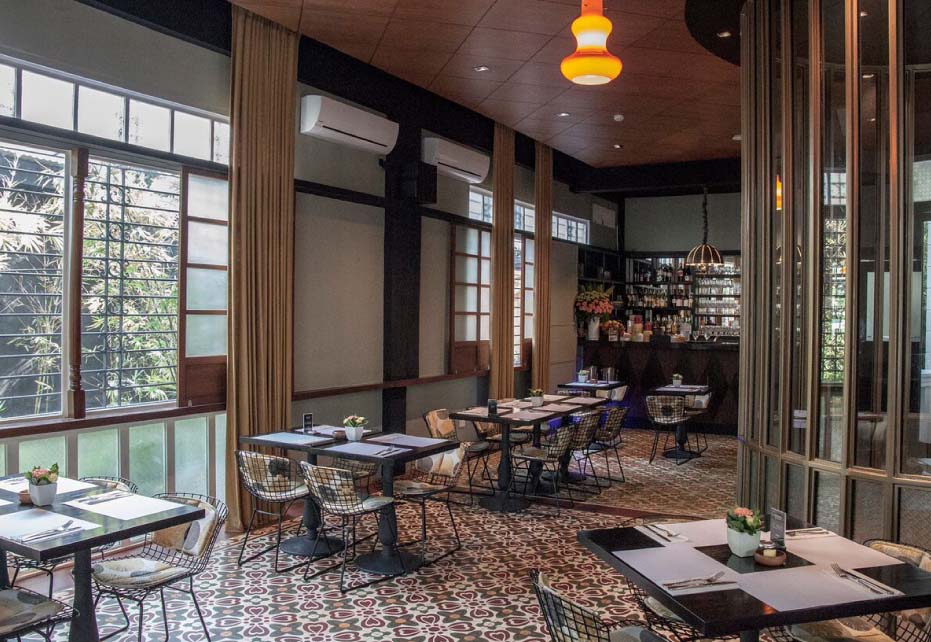
The compound consisted of two large concrete palatial houses surrounded by 21 smaller wood and concrete villas. The architect of the houses is unknown, but the lush garden inside the compound was attributed to National Artist Idelfonso Santos for its landscape architecture.
With the clan’s permission, Lee decided to reuse four of the villas, including one of the concrete houses which was the former owner’s residence.
Lee’s architectural team immediately began assessing the houses as to how they could be converted into a hotel. They had decided from the start that the structures would be maintained as is, and the hotel would be a small one with just 34 guest rooms and suites.
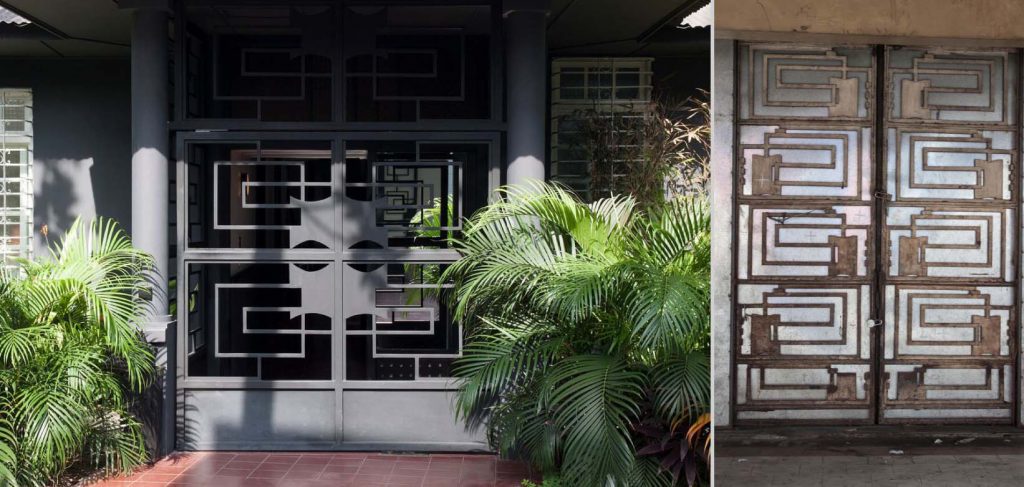
Spaces also needed to be allocated for the restaurant and its kitchen as well as a swimming pool and parking lot. So, it had to do away with other popular hotel facilities such as a business center and a gym.
While The Henry in Cebu is known for its artsy and quirky interiors, Lee wanted to maintain as much of the old world interior for The Henry in Manila. Among the details the architectural team strived to preserve were the wooden floors and stairs.
But some changes had to be made in order to bring the rooms up-to-date. An example is the interior of the in-house restaurant, Apartment 1B, which was originally much dimmer.
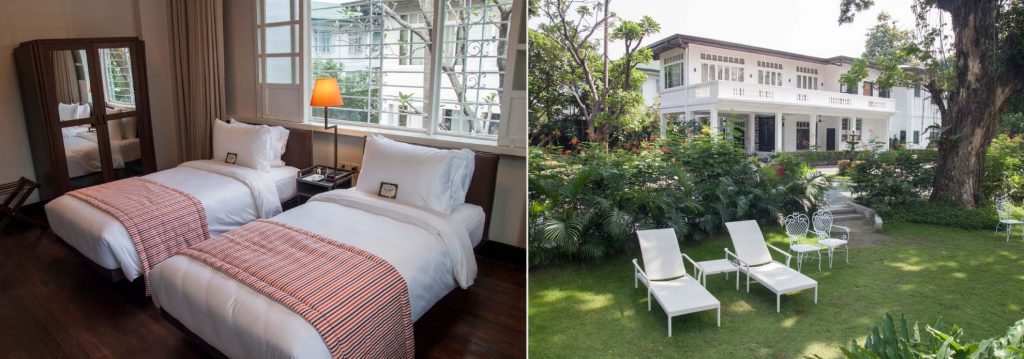
To bring in more light without adding more lamps, the architectural team was inspired by a local home design feature known the ventanilla. These are the portals found below the windows of houses built in the 19th century. They can slide open to allow the entry of more air and light. So, the team removed the space beneath the windows and replaced them with glass to let in more light.
As the four villas were separate from each other, the architectural team had to find a very creative way to link them together: they used a decorative metal wall on one side of the pathways between the houses. They gained inspiration for the wall design from the gates of La Scala cinema in Rizal Avenue, Manila. The team also used the same design for the entry gate to the villas, with a 21st century touch: it can only be opened with the guest’s electronic key card.
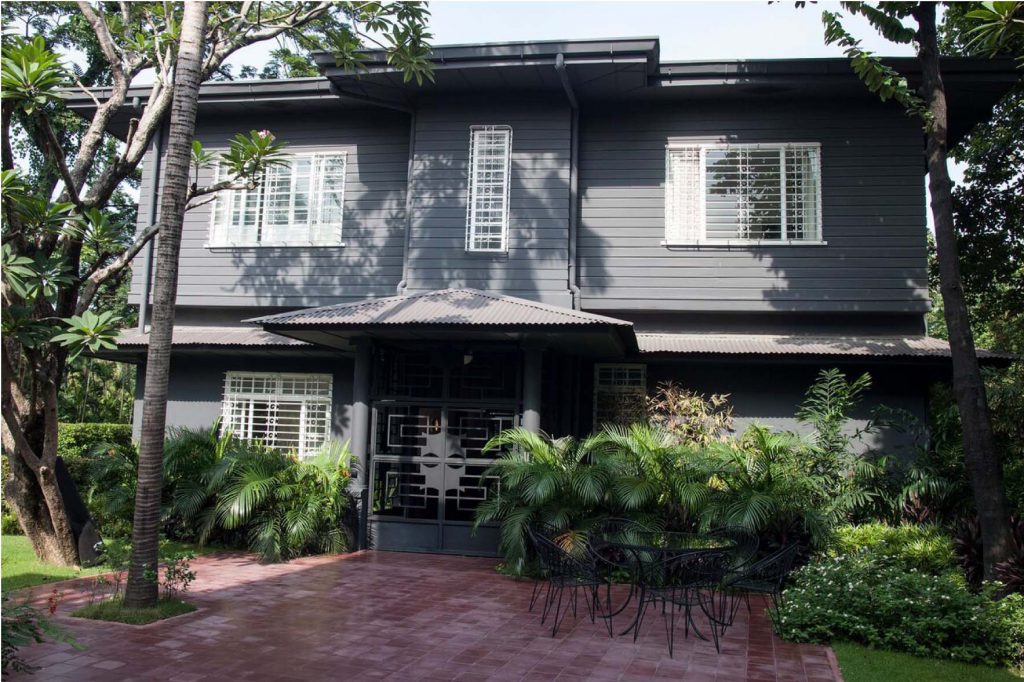
While the guestrooms are equipped with ample electrical outlets, Wi-Fi and flat screen televisions, there are enough elements of design that bring echoes of the past. Instead of closets and upholstered chairs are refurbished aparadors and wooden ambassador chairs.
Since it opened in 2014, the hotel has drawn rave reviews from hotel guests not only for its facility but also for its service. It also garnered attention from both local and foreign media and was hailed as an example of how adaptive reuse can work. It comes highly recommended on the travel website TripAdvisor.
For Chung, The Henry’s success is a sign of the country’s maturing economy. In a high-end lifestyle magazine Monocle interview, he says, “Historic preservation is a luxury of excess resources. As the Philippines matures and becomes more affluent, a larger portion of our society can afford to think about these things.”
The Henry Hotel is located at 2680 F.B. Harrison St. Pasay City. For inquiries, please call 807-8888. — First published in Tulay Fortnightly, Chinese-Filipino Digest 29, no. 4 (July 19-August 8, 2016): 8-9.
